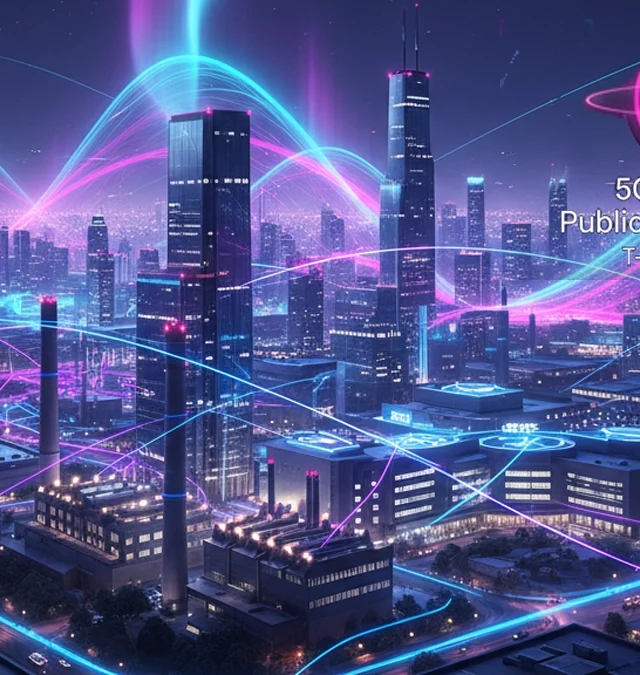SpaceX is gearing up for a milestone launch: the final flight of the Version 2 Starship / Super Heavy from its Starbase launch site in Texas. This mission marks a turning point in the Starship program — the end of Version 2 and the shift toward the next-generation design.
Liftoff is targeted for 6:15 p.m. CDT (7:15 p.m. EDT / 23:15 UTC). Spaceflight Now will offer live coverage starting roughly two hours before ignition.
In this post, we’ll break down the mission goals, technical upgrades, challenges, and what to expect as SpaceX transitions to Starship Version 3 and moves operations to Pad B.

Mission Highlights & Objectives – SpaceX Final Starship Version 2 Launch
1. Final Version 2 Mission — Flight 11 – SpaceX Final Starship Version 2 Launch
This will be the 11th integrated flight test of the Starship / Super Heavy stack. Because it is the final Version 2 mission, both the rocket configuration and Pad A’s current layout will retire after this flight.
2. Reusing Booster B15 – SpaceX Final Starship Version 2 Launch
- The Super Heavy booster B15 is flying for the second time — it previously flew in Flight 8, when SpaceX successfully “caught” the booster using the launch tower (Mechazilla).
- SpaceX plans to reuse 24 of the 33 Raptor 2 engines on B15 for this mission.
- The booster’s landing burn will begin with 13 middle engines, then throttle down to 5 engines (rather than 3 as in earlier missions). This shift is intended to improve redundancy in case of engine shutdowns.
3. Separation, Relight, and Splashdown – SpaceX Final Starship Version 2 Launch
- Roughly 2.5 minutes into flight, Starship (S38) will separate from the Super Heavy booster using a hot-staging maneuver.
- During the coast phase, SpaceX aims to relight one sea-level Raptor engine on S38. This demonstrates capabilities to deorbit or raise orbit in future missions.
- The booster (B15) is expected to execute a splashdown landing off-shore in the ocean, while S38 will attempt a water landing in the Indian Ocean, near Australia.
4. Test Payload: Starlink Simulators – SpaceX Final Starship Version 2 Launch
SpaceX will carry eight steel structures that mimic the size and mass of future Starlink Version 3 satellites. Because this mission is suborbital, the simulators will ultimately land in the Indian Ocean.
5. Stress Testing and Maneuvers – SpaceX Final Starship Version 2 Launch
- Engineers intentionally removed heat shield tiles from S38 to examine thermal stress points during flight.
- The final phase of Starship’s trajectory will include a banking maneuver and tests of subsonic guidance algorithms, aiming to mimic future returns to Starbase and enable landing burns.
Transition to Starship Version 3 & Pad B – SpaceX Final Starship Version 2 Launch
This mission is not just a finale — it’s a pivot to the next chapter:
- After this flight, SpaceX plans to finalize Starship Version 3 for orbital flights and recoveries.
- Operations will shift from Pad A to Pad B, which has been under construction. Notably, Pad B will incorporate a flame trench — a feature absent in the original Pad A design.
- SpaceX intends to conduct at least one suborbital flight of Version 3 as a precursor to full orbital launch attempts.
Challenges & Risks – SpaceX Final Starship Version 2 Launch
- Weather risk is a significant factor: prelaunch forecasts suggest 80% favorable conditions, but constraints (wind, clouds, upper atmosphere) remain critical.
- Engine reliability & redundancy are under scrutiny, especially with the shift from 3 to 5 engines during booster landing.
- Thermal and structural stresses from partial removal of heat shield tiles may push the boundaries and expose weaknesses.
- The transition to a new pad and rocket version adds complexity in infrastructure, integration, and launch cadence.
Why This Matters – SpaceX Final Starship Version 2 Launch
- Milestone in Starship development: The retirement of Version 2 closes a key chapter in SpaceX’s design evolution.
- Demonstrations for future orbital flights: Relights, banking maneuvers, and structural tests all inform design decisions for Version 3.
- Infrastructure shift: Moving to Pad B with a flame trench marks maturation of launch facility design.
- Starlink integration: Even though this is a test flight, the use of Starlink simulators underscores Starship’s role in deploying megaconstellations.
What to Watch — Live Coverage & Timing – SpaceX Final Starship Version 2 Launch
- Live coverage begins about two hours before liftoff via Spaceflight Now.
- Liftoff target: 6:15 p.m. CDT (7:15 p.m. EDT / 23:15 UTC)
- Key mission events:
- Hot-stage separation at ~2.5 minutes
- Booster landing burn transitioning from 13 to 5 engines
- Starship relight attempt during coast
- Splashdowns: booster off shore, S38 in Indian Ocean
Conclusion: The Legacy of the SpaceX Final Starship Version 2 Launch
The SpaceX Final Starship Version 2 Launch from Starbase isn’t just another test — it’s a historic milestone marking the end of one era and the beginning of another. With the successful completion of this mission, SpaceX closes the chapter on Starship Version 2 and moves forward to the powerful and more efficient Starship V3 design.
This final flight showcases how far the company has come in developing reusable, heavy-lift rockets capable of interplanetary missions. Every test, from the booster catch to the hot-staging separation, brings SpaceX closer to its ultimate goal — making space travel sustainable, cost-effective, and accessible for future generations.
Content Source:- https://spaceflightnow.com/2025/10/14/spacex-launches-final-version-2-starship-super-heavy-rocket/
Also Read:- Vivo X Fold5: The Slimmest Foldable Flagship With ZEISS Camera & AI Power (2025)





